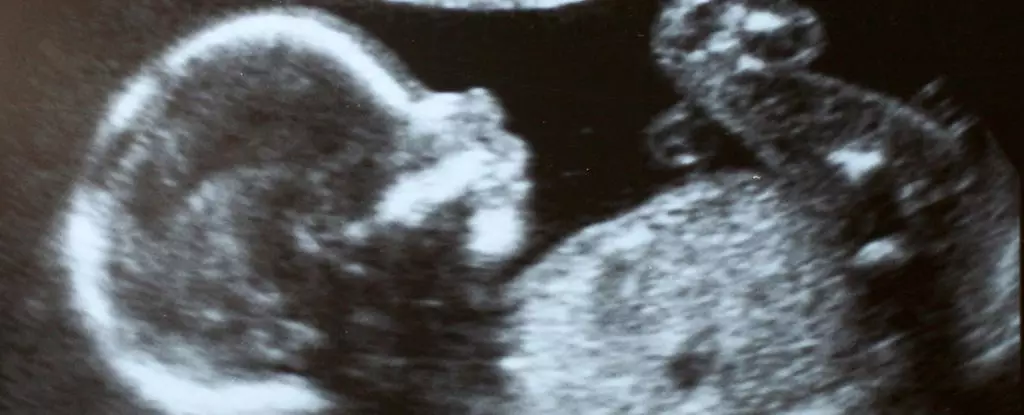In a groundbreaking case that challenges the traditional boundaries of prenatal care, doctors in the United States have successfully administered treatment to a fetus diagnosed with a congenital disease—specifically, spinal muscular atrophy (SMA)—before birth. SMA, a progressive neuromuscular disorder, typically leads to severe muscle weakness and poses critical risks to respiratory function, often resulting in tragic outcomes for affected infants. However, this recent case presents a new avenue of hope for families facing the diagnosis of SMA in utero, illuminating the potential for medical intervention before the newborn stage.
The parents of the treated fetus, having experienced the harrowing loss of a previous child to SMA, were understandably eager to explore all possible options as they confronted another diagnosis of this debilitating condition. They agreed to participate in a novel approach that involved the pregnant mother taking a daily oral medication known as risdiplam, marketed under the brand name Evrysdi. This case study vividly illustrates the emotional stakes involved, as families grapple not only with the medical realities but also with the psychological burden that accompanies such devastating diagnoses.
Spinal muscular atrophy arises from genetic mutations that inhibit the production of survival motor neuron (SMN) proteins, vital for maintaining healthy motor neurons. The absence of these proteins leads to muscle degeneration, starting even before the onset of observable symptoms. Historically, children diagnosed with type 1 SMA have faced overwhelming odds, with most succumbing to respiratory failure by their second birthdays. In stark contrast, the child in this case has reached two and a half years of age with no clinical manifestations of the disorder.
Risdiplam has been subject to numerous randomized controlled trials that underscore its efficacy and safety in treating SMA in children over the age of two months. Recent studies have indicated that starting treatment during the early weeks of life dramatically improves outcomes, as evidenced in trials showing that infants who commenced treatment before six weeks achieved important developmental milestones such as sitting, standing, and walking—capabilities that often remain inaccessible without early intervention. As pediatric neurologist Laurent Servais emphasizes, this early intervention is crucial for muscle function preservation, making this case study not just a single success but potentially a catalyst for broader clinical practices.
The pharmacological action of risdiplam involves enhancing the production of SMN proteins, thus mitigating the degeneration of motor neurons. This therapeutic mechanism is vital, as it aims to counteract the very biological processes that lead to SMA. By ensuring the presence of adequate SMN proteins from an early developmental stage, risdiplam opens the door to unprecedented treatment possibilities. Observations from the case demonstrate that the medication traversed the placenta effectively, reaching the fetus and facilitating a therapeutic environment during a critical development period.
The implications extend beyond merely treating symptoms; they suggest a paradigm shift in how medical professionals can approach genetic disorders during pregnancy. Headlining the success of this case study is also the hope that it may embolden further clinical exploration into prenatal treatments for various genetic disorders.
While this singular case illustrates a remarkable achievement in prenatal therapy, it is pivotal to approach the results with a sense of cautious optimism. Experts emphasize that the findings cannot be generalized to all SMA cases or guarantee similar outcomes for other genetic conditions. However, they do prompt a reevaluation of current treatment protocols and contribute significantly to the discussion on prenatal care interventions.
As we look to the future, the call for broader clinical trials and studies focused on early interventions becomes increasingly vital. Medical professionals and researchers must consider how to expand upon this initial foray into prenatal treatment, paving the way for groundbreaking therapies that may redefine outcomes for conditions previously deemed insurmountable. The journey from hope to reality could begin with a single study, urging us to imagine a world where such life-saving interventions are not just exceptional cases, but integral parts of prenatal care.


Leave a Reply